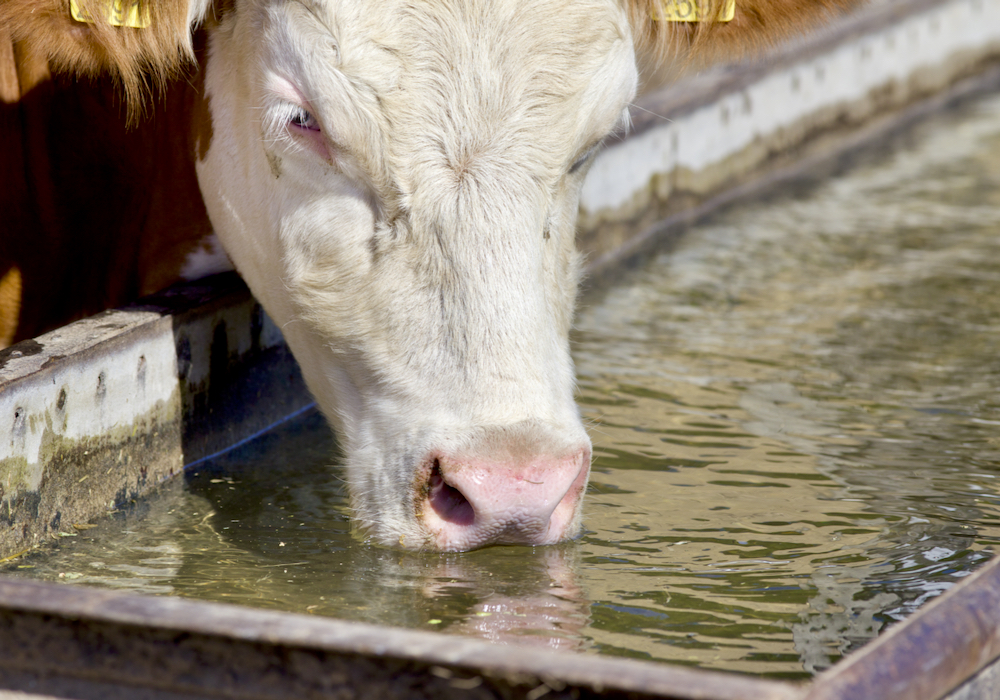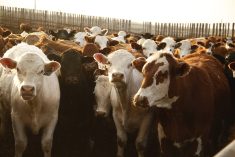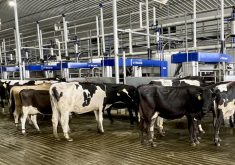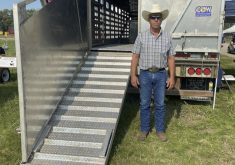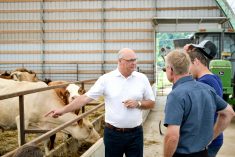Imagine being able to run to the lake without worrying about water trough levels for grazing cattle.
That’s the scenario that drove Katlin and his brother Dustin Lang, of Vibank, Sask., to found a company to provide a water trough monitoring system.
Designed for troughs that are connected to solar systems out in pastures, Katlin Lang says that the cellular-connected modem will send a text alert when the level goes down a set level over time.
Read Also

Dissolving eartags could make pig traceability easier
A dissolving eartag for market hogs, called Clean Trace could reduce processing challenges and enable more individual management of pigs.
His friend was the one who came to them in 2018 with a request for such a sensor system as he knew Katlin studied electrical systems engineering at the University of Regina. When he kept coming back for more, the brothers decided to commercialize the sensor system in 2021, and now sell it across Canada, as the FarmSimple Solutions company.
Katlin now runs the company himself.
The system is powered off the battery of a solar watering system and has a float switch in the tank that monitors the water level.
It’s not just of value for those wanting the ability to get away more with family, says Lang, but it lessens the need for beef farmers to visit remote fields to check on the water.
If they can reduce the need for five weekly round trips to a pasture 20 km away, that can save $4,700 in labour and fuel costs in a summer grazing season, he says. That would pay for the system in a month.
Once there’s a monitoring system in a tank, there are other parameters that can be watched.
“Our modem is designed to take all kinds of sensor inputs, the temperature of water, pressures of water, temperatures of buildings,” says Lang. “You can install these temperature monitors in watering bowls and pump houses and well sheds and even in vacant buildings where you have plumbing.”
Water quality can be a challenge in some areas, and if water is pumped from above-ground sources the quality of those sources declines later in the summer.
A sensor could monitor conductivity in the water and alert the manager when the water has high levels of other substances like algae.
But, the main goal is to make monitoring water systems simpler.
“We’re trying to free up some time for you.”


